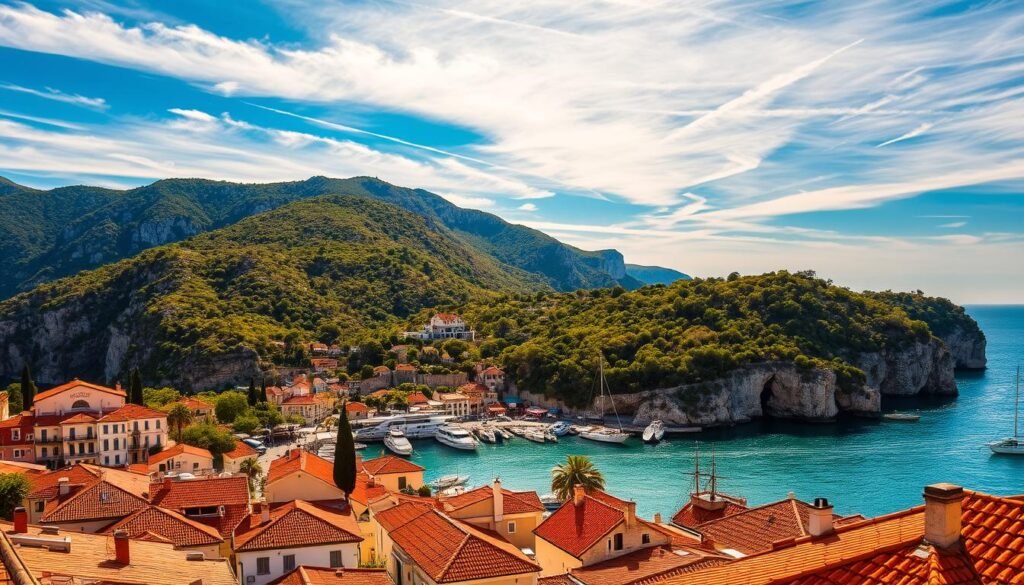Nearly half of all visitors arrive between June and August, when the Adriatic warms to about 25°C (77°F), ferries run on summer schedules, and hotel rates climb. I start planning trips by asking for three things: sunshine, short lines, and good value.
I map the seasons so you can match days and budget with what you want to see. The coast brings warm seas and long daylight, while inland cities show a brisk continental contrast through the year.
Shoulder months like May and September often offer calm waters for sailing, pleasant weather for walking, and fewer crowds on promenades and in UNESCO-listed old towns.
Winter flips the script: lower prices, cozy museums, and lively Christmas markets in Zagreb. Below I’ll give season summaries first, then a month-by-month breakdown so you can jump straight to the part that fits your plans.
Key Takeaways
- Peak summer brings warm seas, busy ferries, and higher hotel prices.
- May and September offer similar weather with fewer crowds.
- Coast and inland areas have different weather patterns to plan around.
- Winter is ideal for culture, festivals, and lower rates in cities.
- I’ll show how to match days and budget with each season.
How I decide the best time to visit Croatia right now
I begin with what you want from the trip—swimming, hikes in national parks, city museums, or a festival night—and then match those goals with season, logistics, and crowds.
I check current ferry schedules, daylight hours, and event calendars so your plan uses logistics as an advantage rather than an obstacle. June often offers beach-ready days with fewer ferry crushes than July and August.
I watch the weather across coast and inland. Late spring and early fall usually reach 17–25°C (63–77°F). Sea temps climb from about 15°C (59°F) in April to near 23°C (73°F) in September, so I reserve hotter months for long seaside evenings.
I also factor budget: November through April brings lower prices and lively indoor culture like Museum Night and Rijeka Carnival.
- Checklist: weather, ferries, festivals, budget, pace — this is the quick way to pick the right days for your trip.
Spring into Croatia: March to May shoulder season sweet spot
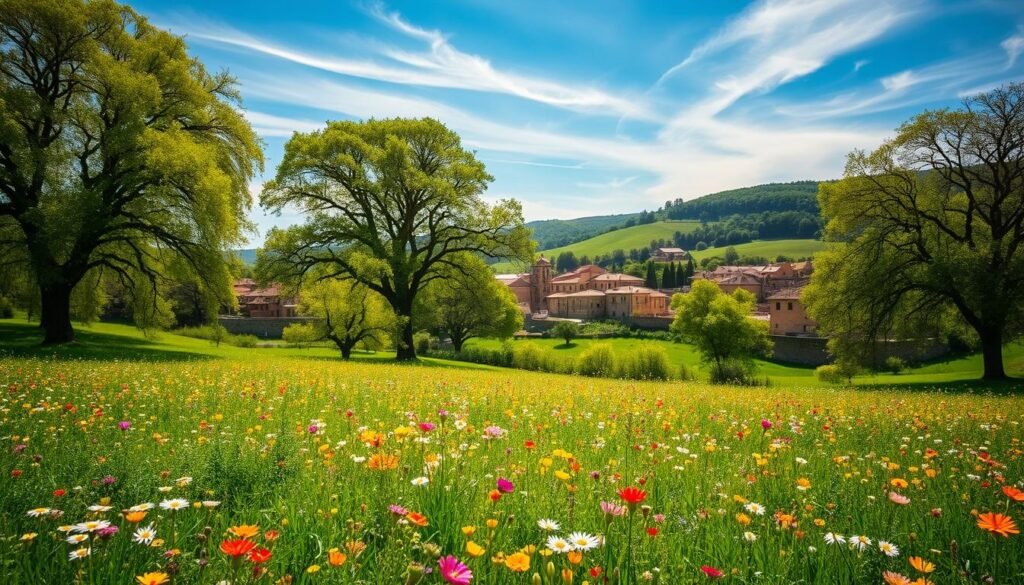
Spring opens Croatia in stages, with flowering hills and quieter harbors that invite slow plans. This season balances mild days and cool nights, so you can mix hikes, old towns, and short coastal hops without the crush of summer crowds.
Weather and sea: mild temps, wildflowers, and cool but swimmable water by late May
Expect daytime highs near 17°C–25°C (63°F–77°F) in late spring. Sea temperatures sit around 15°C (59°F) in April and warm toward comfortable swimming by late May as summer nears.
Trails and beaches feel fresh, and occasional spring rain passes quickly. Ferries and cafes begin reopening in April, so early sailing and short island hops are easier than in peak months.
Why go now: lighter crowds, lower hotels prices, and parks at their prettiest
I love spring for its meltwater in Plitvice and Krka, when waterfalls roar and paths are green. You get longer times on quieter trails and better chances to see wildlife.
Value shows up in hotels and quiet coves. May offers calm bays for sailing, rafting on the Cetina or Zrmanja, and early beach walks before summer fully arrives.
- Eat local asparagus and hit festivals like Rovinj’s Weekend Food Festival.
- Pack layers, trail shoes, and a light jacket for breezy water views and sudden rain.
- Keep your plan flexible so you can swap parks and coastal towns as the weather and ferry schedules shift.
Spring is a smart season if you want to visit croatia with softer crowds and more room for spontaneous detours.
Summer on the Adriatic: June to August for sun, islands, and long days
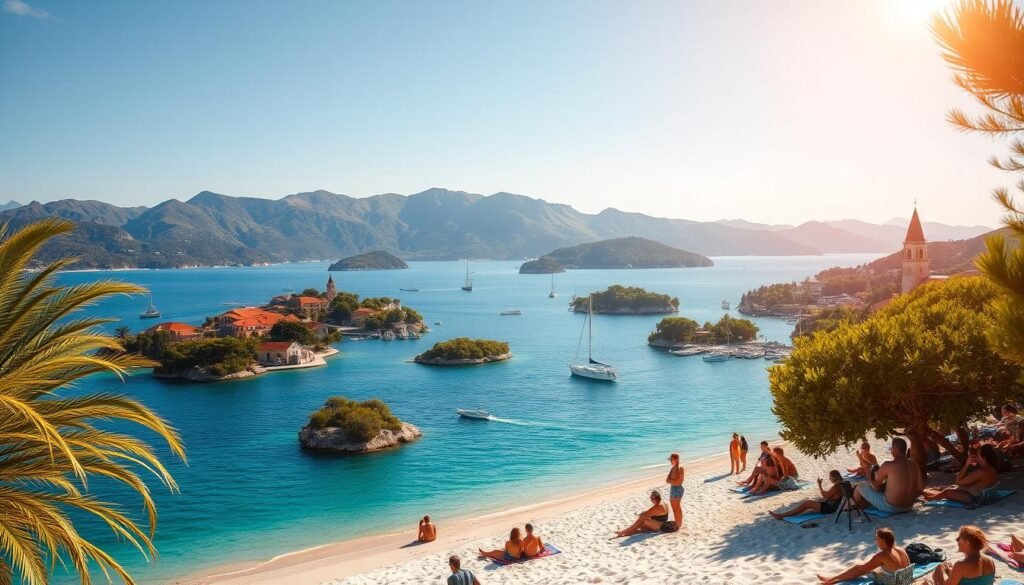
Summer along the Adriatic unfurls long, hot days that favor island hops and late-night music in town squares. Expect up to 32°C (89.6°F), mostly dry weather, and sea temps near 25°C (77°F). Thunderstorms can pop up, so keep a short backup plan.You can learn more best-time-to-visit-bermuda
June vibes
June often feels like the best month of the high season. Ferries run full summer schedules, city squares host live music, and beaches have more breathing room than in July and August.
July and August realities
July and August bring heat, packed sands, and fuller ferries. Book hotels and crossings well ahead, especially around big festivals and popular island ports.
Sea, nightlife, and island tips
Split your days between coastal coves and lively towns with good bars if you want nightlife after dusk.
- Island combo: Hvar for buzz, Mljet for quiet nature, Korčula for wine and old town charm.
- Ferry tip: Arrive early for deck spots or choose a small-ship cruise to skip long queues.
- Packing: reef shoes, a wide-brim hat, sunscreen, and a lightweight rain jacket.
Top festivals
“From the Dubrovnik Summer Festival to Sonus on Pag, nights can be as memorable as your sea days.”
I remind you that summer is stunning if you plan tightly around festivals and peak beach towns. This is the prime month for long sea days and lively evenings—plan smart and enjoy the coast and islands fully.
Fall for Croatia: September to October for warm seas and harvest season
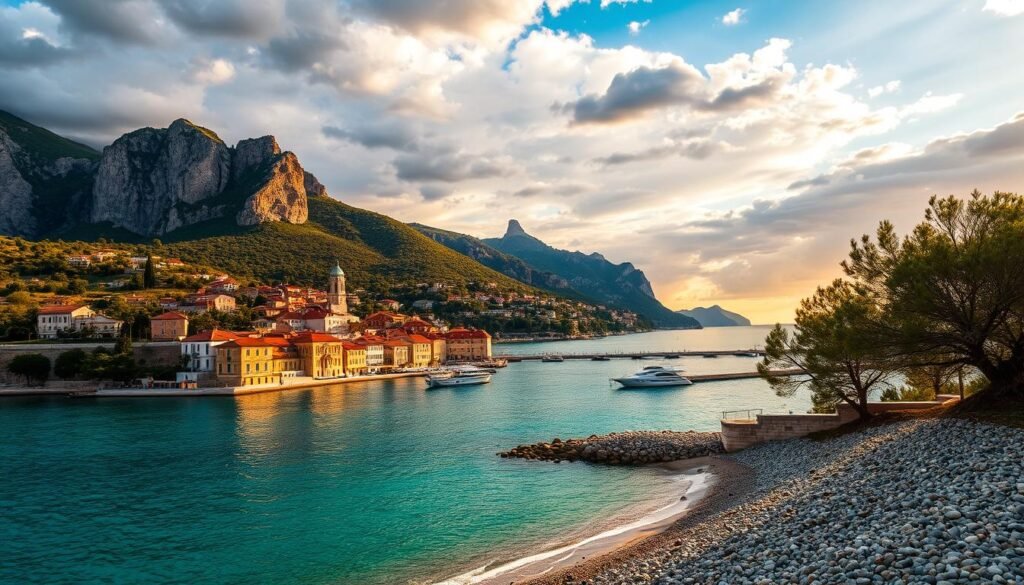
Fall softens the coast and fills the hills with harvest light. September still offers warm sea afternoons around 23°C (73°F), steady ferries, and quieter beaches and islands. I use this month for easy sailing and calm coves.
September sailing, swimming, and calmer coves
I love September for its sea warmth and clearer harbors. Ferries run on near-summer schedules, so you can mix islands and towns in a few days.You can learn more best-caribbean-island-to-visit
Tip: plan swims in the afternoon and late lunches at small restaurants after a morning sail.
October hikes, film and food festivals, and moody waterfalls
October brings cooler mornings and dramatic light in parks like Plitvice and Krka. Zagreb hosts a Film Festival while Dubrovnik holds the Good Food Festival; I pair one city night with a park day.
“Autumn is harvest season—wine tastings, truffles in Istria, and slow meals that feel made for lingering.”
| Month | Highlights | Where to go |
|---|---|---|
| September | Warm sea, sailing, quieter beaches | Dalmatian islands, coastal towns |
| October | Parks, festivals, harvests | Istria hill towns, Zagreb, Plitvice |
| One-week plan | Island sail → Istria wine & truffles → Zagreb festival night | Split → Rovinj → Zagreb |
Winter and early spring: November to February for culture, Christmas markets, and value
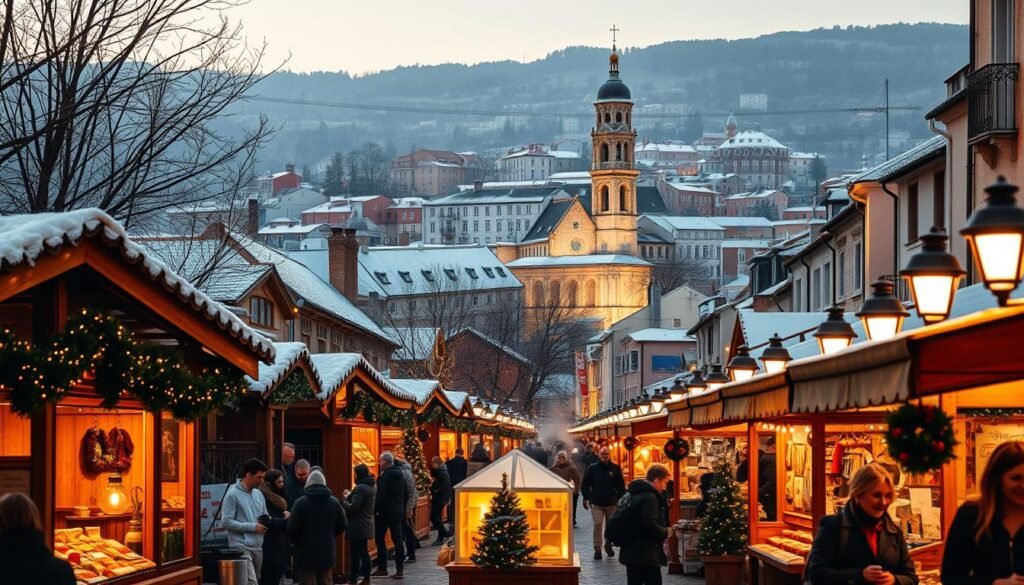
Winter strips the crowds away and replaces them with museums, markets, and cozy cafés that make short days feel full. I find this season ideal if you care more about stories and food than beaches.
Zagreb and Dubrovnik in festive mode
Zagreb’s Christmas Market and the Dubrovnik Winter Festival light up streets and plazas. You can sip mulled wine and duck into warm restaurants and bars between stalls.
Late January’s Museum Night opens galleries for free, a perfect cultural deep dive on a single evening.
Cold inland, milder coast, and why it’s still rewarding
Expect cold inland weather and a milder coast, though the bura wind can disrupt ferries. I always add a buffer day for travel hiccups.
Rijeka Carnival in February is lively and worth a weekend if you want color and local crowds. Ski escapes at Sljeme or Platak add a bit of mountain time if snow calls.You can learn more best-cities-to-visit-in-spain
“Low season means lower rates, fewer tourists, and staff with time to help you find hidden gems.”
| What | Highlight | Why go |
|---|---|---|
| Markets & festivals | Zagreb, Dubrovnik, Rijeka | Warm food, local culture, fewer tourists |
| Museum Night | Zagreb (late Jan) | Free entry, special events, late openings |
| Ski & coast | Sljeme, Platak & coastal walks | Combine city culture with a day on snow or a sunny coastal stroll |
- Packing tip: warm layers and a waterproof jacket for a windy day.
- Plan tip: two-city route — Zagreb for museums, then Dubrovnik for a quieter Old Town day.
best time to visit croatia for your trip goals
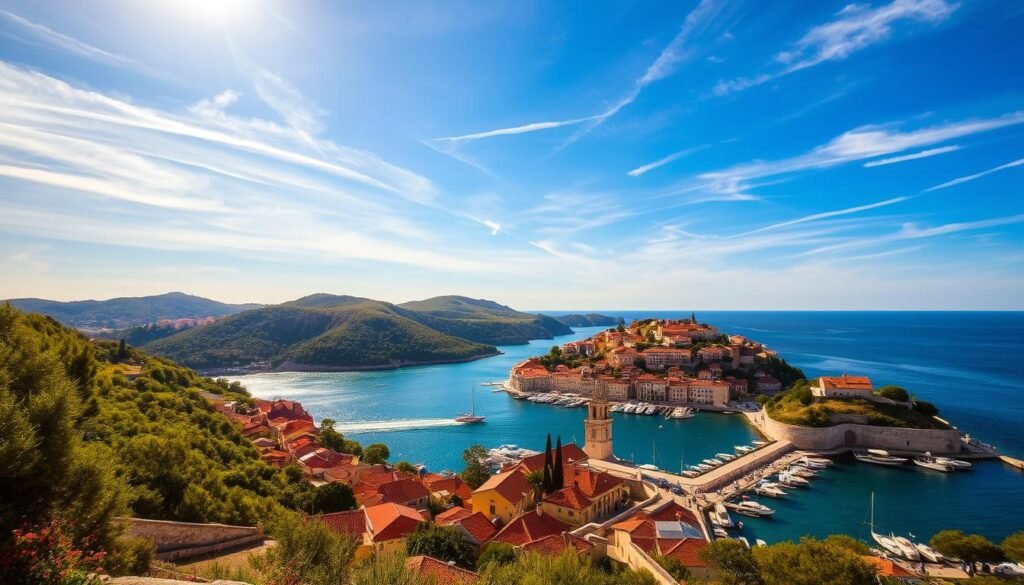
Your aim — fewer lines, warm water, or food and wine — should decide the dates on your calendar. I match goals with the season so you see the right coast, city, or park at the right pace.
To avoid crowds and high prices
I steer people toward May and September when crowds thin, hotels cost less, and the weather is gentle. Morning museum runs and midweek ferries cut waiting at attractions.
For island hopping, cruising, and warm sea
April through October is prime for small-ship cruise options. I favor June or shoulder months for calmer seas and fewer ferry queues. Plan an island loop — Hvar, Korčula, Mljet — for swims and nightlife without the crush.
For cities, national parks, wine, and food
Spring and fall are ideal for parks and harvest festivals. September–October bring wine tastings in Istria and lively food events in Dubrovnik. If your trip is city-first, pair museum days with a park detour on milder weather days.
- Quick pick: May/September for space and value; June if you want full summer schedules with fewer people than peak months.
“Pick your lane — beach, culture, or wine — and plan around that season.”
Month-by-month guide to Croatia’s weather, crowds, and events
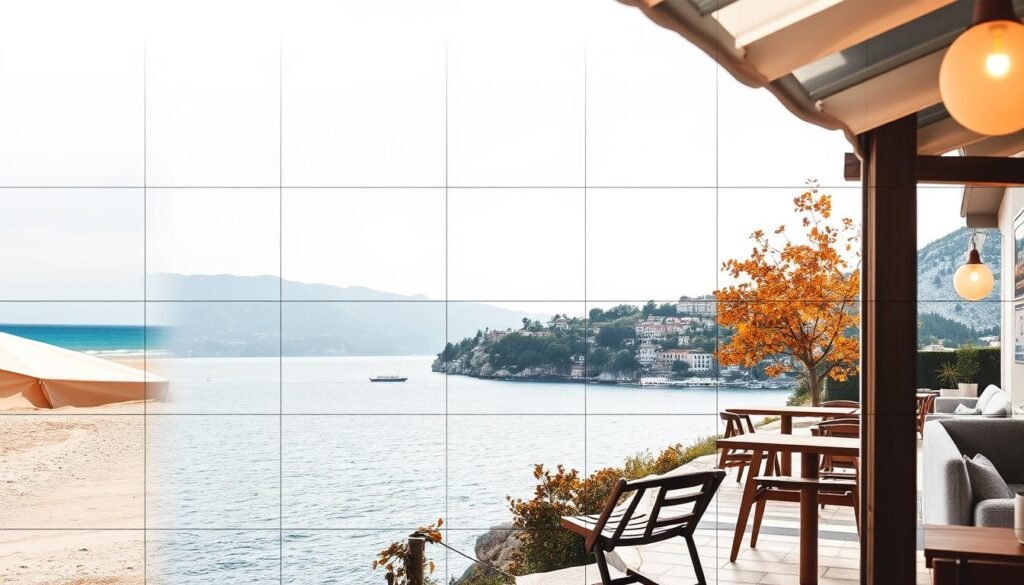
Each month brings a clear mood—cold city nights, festival buzz, or calm island days—and I guide you through them.
January
January is the coldest month. I plan cozy city days and highlight Museum Night for free late openings.
I also add a day at Sljeme or Platak for a crisp ski outing.
February
February pulses with Rijeka Carnival energy. It’s the last stretch for slopes and lively parades in the city center.
March
March brings longer daylight and thinner crowds. I aim for the Mali Ston Oyster Festival, even if a quick shower or rain passes through.
April
April blossoms. I time hikes and cycling, catch Easter processions, and enjoy clearer trails for a day outdoors.
May
May is shoulder peak: parks look their best, beaches warm, and early cruise options appear.
June
June turns beach-ready. Sailing is in full swing and public squares fill with music as the coast livens up.
July
July brings peak heat and crowded attractions. I plan early starts, sea dips in the afternoon, and festival nights in July and August.
August
August has the warmest sea. I rise early for quiet towns and chase island festivities when the coast is busiest.
September
September offers warm water and fewer tourists. I follow the coastline toward Varaždin’s Baroque Evenings and Istrian truffle events.
October
October balances mellow coast days with the Zagreb Film Festival and Dubrovnik’s Good Food Festival.
November
November marks low season. I photograph fall colors in parks and toast St. Martin’s Day with local wine and hearty plates.
December
December shines with Zagreb’s Christmas Market and the Dubrovnik Winter Festival—city lights, music, and festive cheer close the year.
“Use this month guide as a simple way to match your aims with what the country offers on any given day.”
Planning by region and trip style
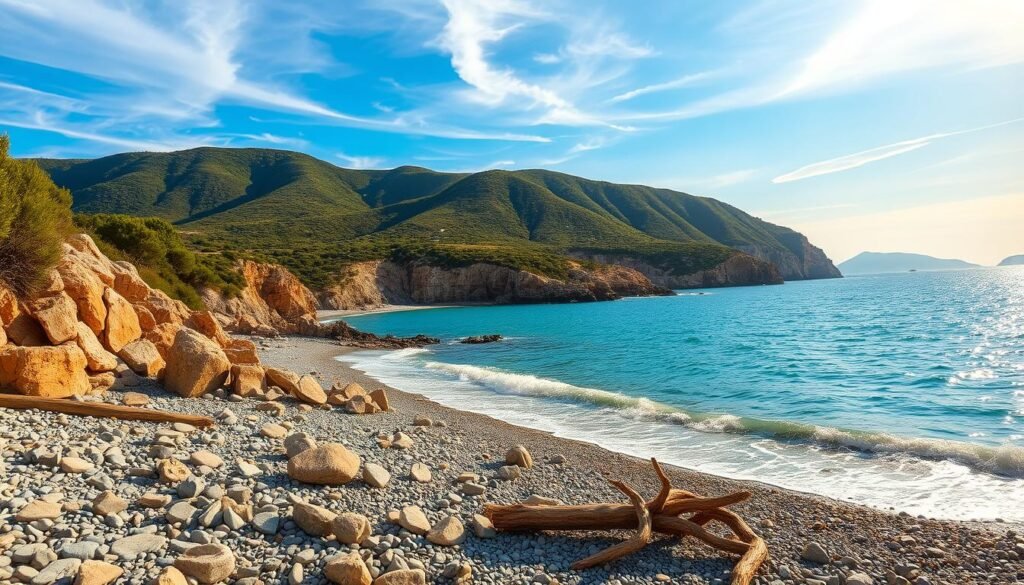
I plan regional routes so each day feels like a natural step from sea to hill. Pick a base and you set how your trip moves: slow beach mornings or brisk inland hikes.
Along the coast and islands vs. inland cities and parks
Coastal summers run warm and breezy, with easy nights by the water. Inland cities and parks get hotter in summer and colder in winter, so I add a cool-spot day when needed.
Ferries, small-ship cruises, and getting between islands
June flips ferries to their summer schedule, making island hops simpler. Small-ship cruise options run April–October and often skip long queues.
Budgeting for peak, shoulder, and low season stays
Hotels soar in peak months. Shoulder months give better value and calm waters for sailing. I always keep refundable bookings and a backup list of indoor things for sudden weather or bura wind cancellations.
- I link big hubs for frequent sailings and choose small harbors when I want off-grid quiet.
- Island pairing idea: Hvar + Vis, Korčula + Mljet — add one inland night for parks.
- Final checklist: ferry windows, refundable hotels, flexible days — make travel part of the fun.
“Plan short drives, match ferries to your rhythm, and fold a cruise day into your route when you want smooth crossings.”
Conclusion
In short, let the kind of days you want — long sunlit swims, museum mornings, or vineyard afternoons — steer your plan.
I recap the rhythm: late spring and early fall bring pleasant temps, good sailing winds, and fewer crowds. Summer gives long, sun-filled days and warm water but rewards early bookings. Winter serves culture, markets, and lower rates.
The year divides simply: coastal warmth and inland chill. Match beaches and water when the sea peaks, and pick parks or cities when breezes cool the air and crowds shrink.
My final tip: choose a season, lock key overnights, pencil events, and save two open days for serendipity. Pick one island, one city, one nature escape and your trip will feel full without rush.
I’m ready to help turn this guide into reservations — which cove will you swim first?


